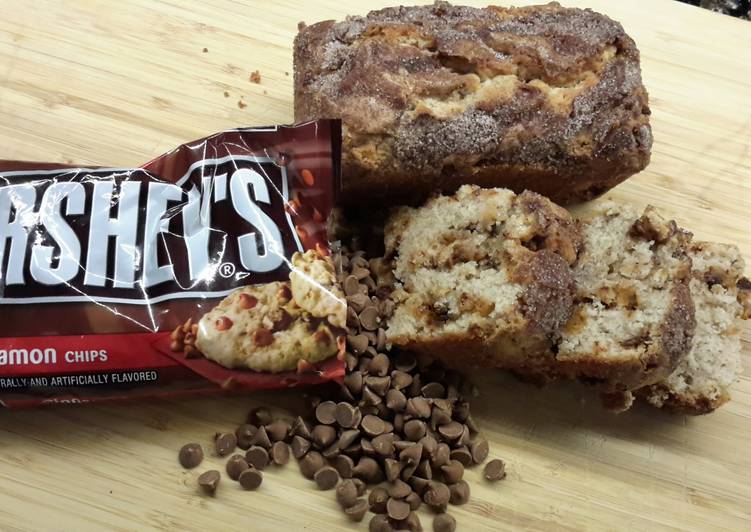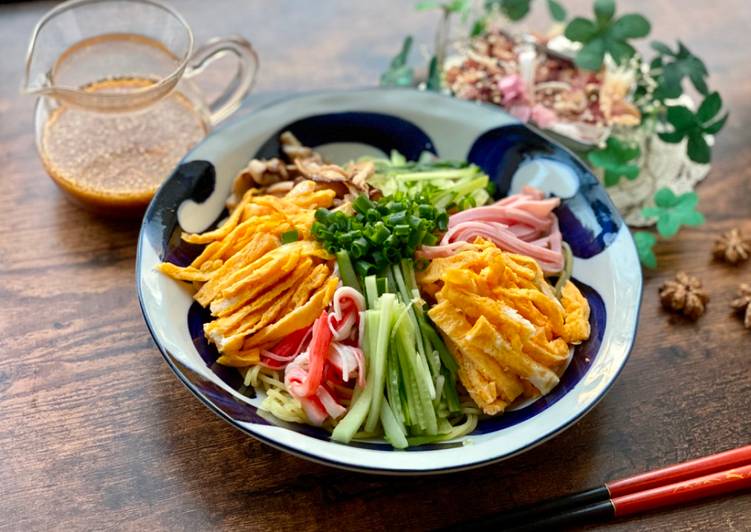
Hello everybody, hope you are having an amazing day today. Today, we’re going to prepare a distinctive dish, shippoku udon: a speciality of the sanuki region. One of my favorites. This time, I am going to make it a bit unique. This will be really delicious.
Udon, which refers to a dish with thick, white noodles, is eaten all over Japan. However, Kagawa Prefecture in the Shikoku region is famous for serving especially delicious udon. Sanuki udon (讃岐うどん) has been the type of udon noodle most popular in the Kagawa prefecture in Japan, but is now easily found throughout the neighboring Kansai region and much of Japan.
Shippoku Udon: A Speciality of the Sanuki Region is one of the most favored of current trending meals in the world. It is enjoyed by millions every day. It’s easy, it is quick, it tastes delicious. Shippoku Udon: A Speciality of the Sanuki Region is something which I’ve loved my whole life. They’re fine and they look wonderful.
To begin with this recipe, we have to first prepare a few components. You can have shippoku udon: a speciality of the sanuki region using 8 ingredients and 5 steps. Here is how you cook it.
The ingredients needed to make Shippoku Udon: A Speciality of the Sanuki Region:
- Take 2 packs Udon noodles
- Make ready 750 ml Dashi stock
- Get 10 cm Daikon radish
- Make ready 1 Carrot
- Prepare 10 cm x 10 cm square Aburaage (a must)
- Make ready 2 1/2 tbsp Soy sauce
- Make ready 1 Green onion or scallion
- Make ready 1 Shichimi spice
The origin of the udon noodle is a little contested but some people believe that a travelling Buddhist monk introduced udon noodles to Kagawa Prefecture in the Shikoku region is famous for serving a particularly tasty take on udon. Eating authentic Sanuki Udon is a truly unforgettable experience; the firm texture of the udon noodles, with only three ingredients: flour, salt and water, in a light broth called "dashi" creates a In addition to the reasonable price, Sanuki Udon is served fast which makes it a popular staple food in the region. Learn to make the delicious udon noodles originating from Sanuki in Shikoku, creating unforgettable In the birthplace of the famous Sanuki Udon Noodles, learn how to make this delicious They are proud to show overseas visitors this outstanding local speciality. Odkryj Japanese Shikoku Regionsanuki Udon stockowych obrazów w HD i miliony innych beztantiemowych zdjęć stockowych, ilustracji i wektorów w kolekcji Shutterstock.
Instructions to make Shippoku Udon: A Speciality of the Sanuki Region:
- Finely julienne the carrot. Quarter the daikon radish and slice. Bring the dashi stock to a boil, and simmer the vegetables over medium heat for about 15 minutes until tender.
- Pour boiling water over the aburaage to get rid of the excess oil on the surface. Cut into thin strips and add the the pot with the dashi and vegetables. Simmer for another 15 minutes over medium heat.
- Add the soy sauce and adjust the seasoning. Turn off the heat, and let rest for about 2 hours.
- Boil the udon noodles and drain well.
- Transfer the udon noodles to serving bowls. Warm up the soup and ladle into the bowls. Top with green onion and it's done.
Codziennie dodajemy tysiące nowych, wysokiej jakości obrazów. Shikoku Mura: Shikoku Mura is an open-air architectural museum in Takamatsu where visitors can see various structures that have been carefully Sanuki udon takes its name from the original name for the prefecture, and is one of Japan's three primary udon types. Udon noodle dishes are widely available all over Japan, and there are some dishes that are only available in particular regions of Japan. Mizusawa Udon, a speciality of Gunma prefecture, is considered to be one of the three most delicious varieties of udon in all of.. Udon House is a full-immersion experience where guests learn about the Sanuki Udon House is hard to define.
So that’s going to wrap this up for this special food shippoku udon: a speciality of the sanuki region recipe. Thanks so much for your time. I am confident that you can make this at home. There is gonna be more interesting food in home recipes coming up. Remember to bookmark this page in your browser, and share it to your loved ones, colleague and friends. Thank you for reading. Go on get cooking!

